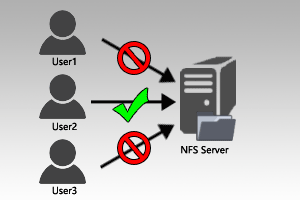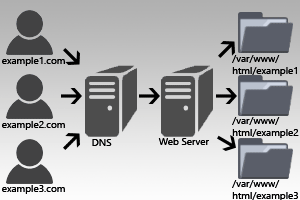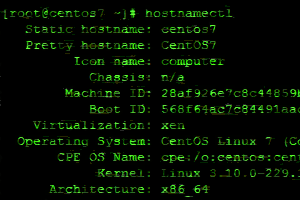
Rather than having individual Linux systems in your network sending mail out directly to the Internet, we can instead configure them to forward mail to a central mail relay server. Such systems are known as null clients, and these do not accept local delivery of any messages, they only forward mail out to a relay server.
This has various benefits, such as centralizing mail logs onto one server and only requiring the firewall to allow outbound port 25 for SMTP on one server rather than allowing all servers to connect out to the Internet on port 25. This means that the mail relay server can sit inside your DMZ network to send mail out while access remains locked down to the rest of your internal network.
Here we are going to cover how to configure a null client by using Postfix to forward mail to a central relay server that exists in our local network. Read more »









